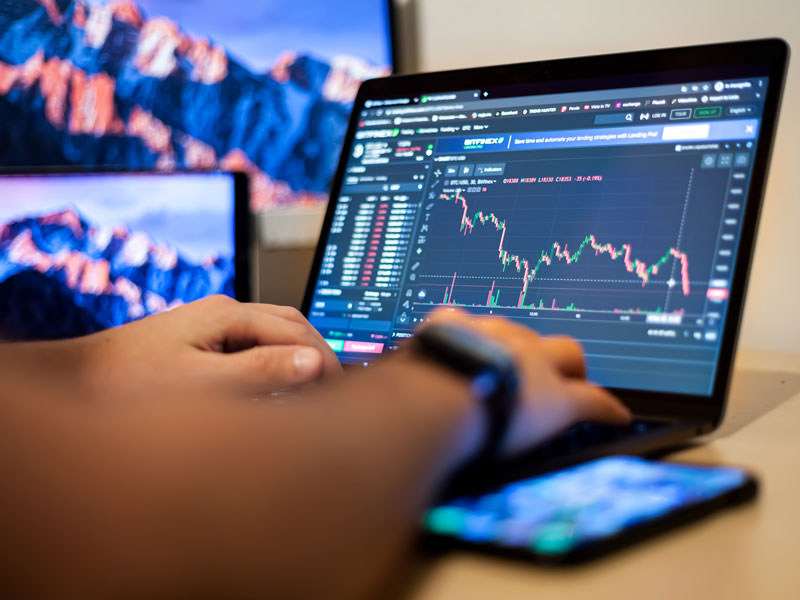
Mastering Forex Day Trading Strategies for Consistent Profits
In the fast-paced world of forex day trading strategy Crypto Trading Asia and forex trading, day traders are always on the lookout for effective strategies that can lead to consistent profits. Forex day trading involves buying and selling currency pairs within the same trading day. As positions are closed before the day’s end, the approach allows traders to avoid overnight risks and take advantage of market movements throughout the day. In this article, we will delve into various forex day trading strategies, tips for beginners, and essential tools that can enhance your trading performance.
Understanding Forex Day Trading
Day trading is defined by the opening and closing of trades within a single day. The goal of forex day trading is to capitalize on short-term market fluctuations, requiring a deep understanding of current events and market indicators. Additionally, effective risk management is crucial, as the forex market can be volatile and unpredictable. Successful day traders often focus on a few currency pairs, refining their strategies through experience and analysis.
Key Strategies for Forex Day Trading
When it comes to forex day trading, several strategies stand out as particularly effective in different market conditions. Below are some strategies commonly employed by successful day traders:
1. Scalping
Scalping is a rapid trading strategy aimed at gaining small profits from minor price fluctuations. Traders employ this strategy by opening and closing multiple trades throughout the day, holding positions for only a few minutes. Scalping requires a strict exit strategy, and traders must remain focused on market movements, often using real-time charts and alerts. It is essential to maintain high liquidity during scalping to ensure quick executions and minimized spreads.
2. Momentum Trading
This strategy relies on trading in the direction of market momentum. Traders identify currency pairs experiencing significant upward or downward trends and capitalize on the momentum by entering positions in the same direction. Key indicators used in momentum trading include the Relative Strength Index (RSI) and moving averages. Momentum traders often look for breakout levels to enter their trades, where price movements are sharp and decisive.
3. Range Trading
Range trading is based on identifying key support and resistance levels. Traders utilize technical analysis to determine when a currency pair is likely to bounce between these levels. Entry points are typically established when prices approach support for a buy order or resistance for a sell order. The strategy requires strict discipline and timing, as failed breakouts can lead to losses. Range trading is most effective in stable market conditions where significant news events or announcements are not likely to affect prices drastically.
4. Breakout Strategy
Breakout trading involves entering the market once a currency pair breaks through predefined resistance or support levels. Traders look for high-volume price movements as confirmation of the breakout’s validity. This strategy is particularly effective during periods of heightened volatility, such as economic announcements or geopolitical events. Traders should ensure that their stop-loss orders are set appropriately to mitigate risk if the breakout fails.
Essential Tools for Day Trading
To successfully implement any forex day trading strategy, traders must have access to reliable tools and resources. Here are some essential tools that can aid in effective day trading:

1. Trading Platforms
A robust trading platform is crucial for executing trades efficiently. Platforms like MetaTrader 4 (MT4) and MetaTrader 5 (MT5) are popular choices among forex traders due to their user-friendly interfaces, advanced charting tools, and compatibility with various indicators.
2. Charting Software
Effective day traders rely on comprehensive charting software that provides real-time data, technical indicators, and trend analysis tools. These tools are crucial for identifying market movements and making informed trading decisions.
3. Economic Calendars
Day traders must stay informed about economic events that can influence market volatility. Economic calendars, which outline key announcements and data releases, are invaluable for planning trading activities and anticipating potential market movements.
Managing Risk in Day Trading
Risk management is paramount in forex day trading. Even the most proficient traders can face losses. Implementing the following risk management practices can significantly enhance your chances of success:
1. Use Stop-Loss Orders
Stop-loss orders automatically close a position when a specified price level is reached, minimizing potential losses. Setting appropriate stop-loss levels gives traders peace of mind and prevents emotional decision-making during volatile market conditions.
2. Position Sizing
Position sizing entails determining the appropriate amount to invest in a single trade based on account size and risk tolerance. A common rule is to risk only a small percentage (1-2%) of total capital on a single trade.
3. Avoid Overleveraging
Leverage can amplify both gains and losses. Day traders should use leverage cautiously, as excessive reliance on it can lead to substantial losses, particularly in the fast-moving forex market.
Final Thoughts on Forex Day Trading Strategies
Forex day trading can be both exciting and profitable when approached with the right strategies and mindset. As with any trading, success isn’t guaranteed, and it requires a deep understanding of market dynamics and a disciplined approach to trading. By mastering strategies such as scalping, momentum trading, range trading, and breakouts, traders can enhance their skills and confidence. Moreover, effective risk management and the right tools will further support their journey in the dynamic world of forex trading.
Whether you are a beginner or an experienced trader, continuously educating yourself and adapting to changes in the market are fundamental to thriving in the world of forex day trading. Remember that practice makes perfect—a demo account can be a great way to test various strategies without financial risk before entering live trading.